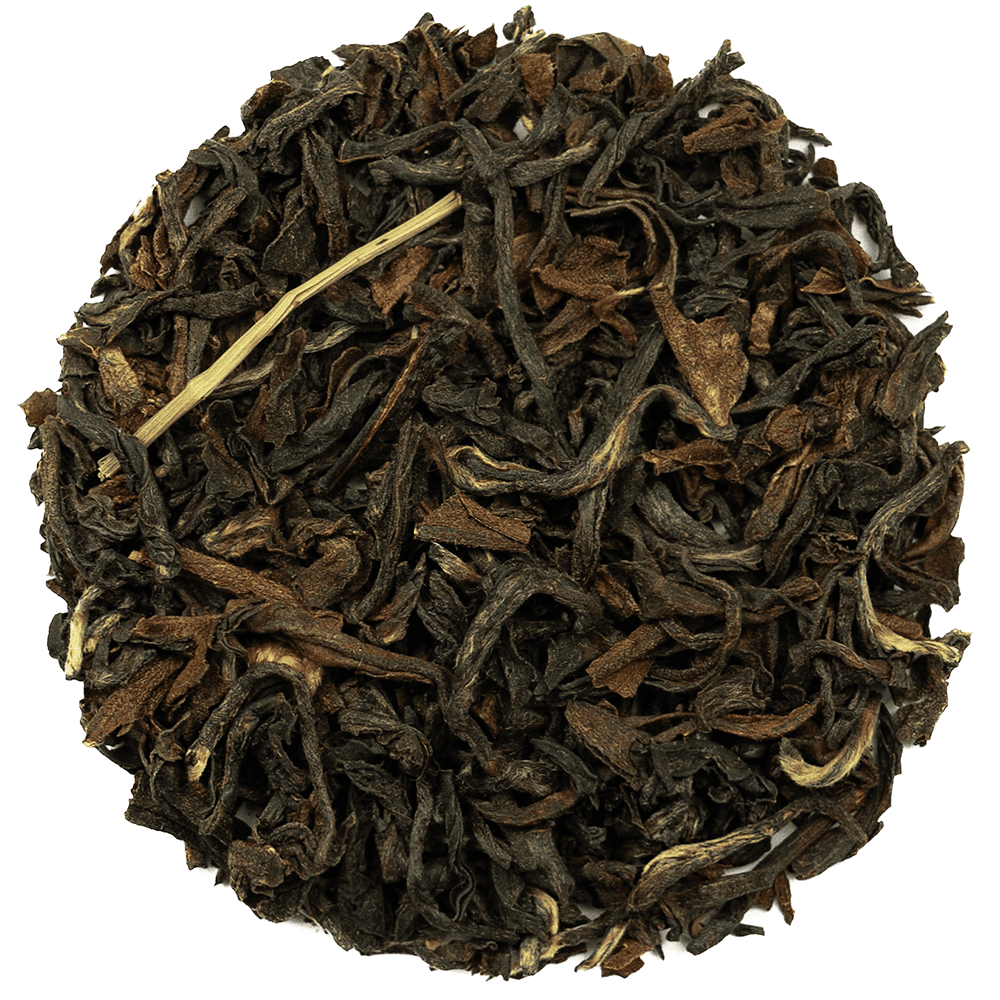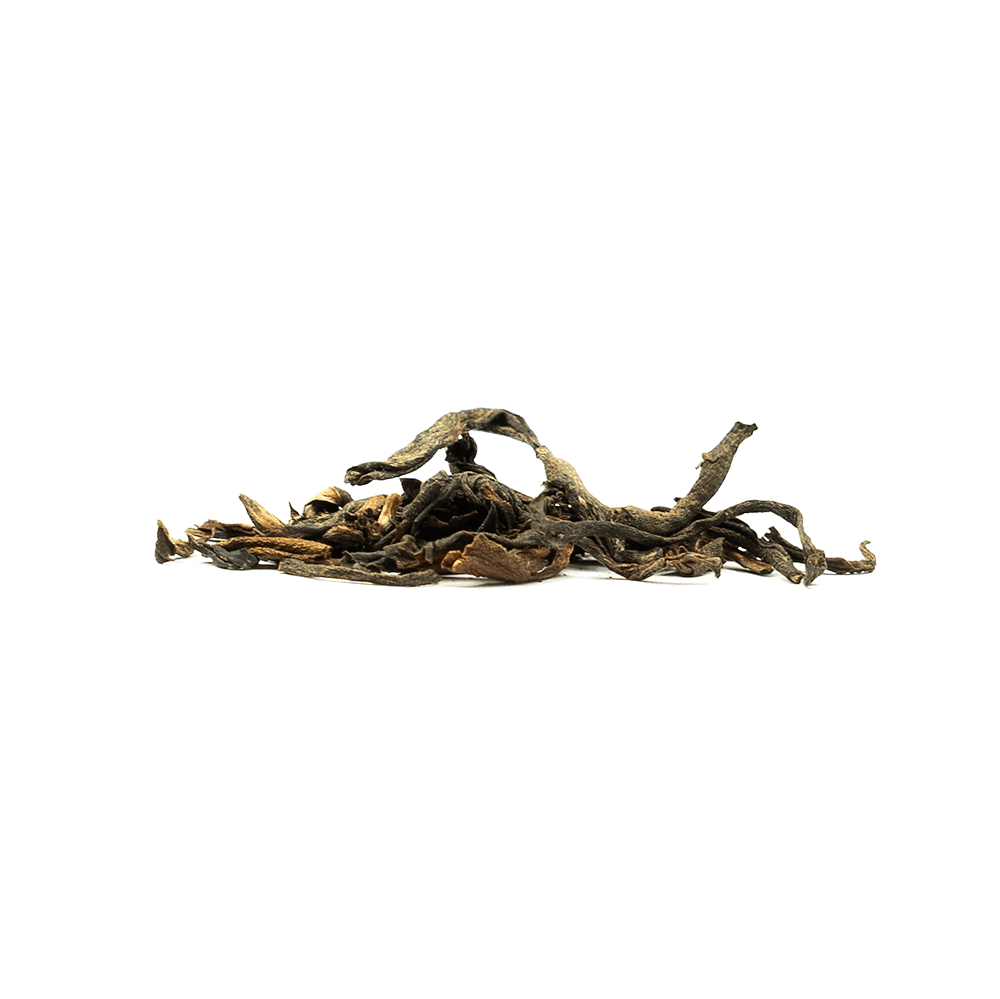Black Tea Brewing Guide
1 Teaspoon
Add 1 teaspoon per person and one for the pot.
95⁰c - 100⁰c
Boil using fresh water, at a temperature of 95⁰ - 100⁰c.
3 - 5 Mins
Steep for 3-5 minutes, depending on personal preference
About Product
-
Product Description
Darjeeling Selimbong Second Flush TGFOP1 is a top grade tea from the famous Selimbong Tea Estate in the hills of Darjeeling. This second flush is the epitome of craftsmanship and care and a favourite among connoisseurs who want a rich and aromatic tea experience.
The Tippy Golden Flowery Orange Pekoe (TGFOP1) leaves used in this tea are the best quality and flavour. These leaves are plucked during the second flush season, which is between May and June and gives the tea its unique character.
Selimbong Tea Estate
The Selimbong Tea Estate, also known as the “Golden Sparrow of Darjeeling” has a rich history and tradition. Established in 1860 during the British colonial era, the estate was founded by British planters who saw the potential of the region for growing high quality tea.
Over the years Selimbong has built a reputation for producing some of the best Darjeeling Tea in the world and catering to tea connoisseurs globally.
Located in the hills of Darjeeling this estate is between 4,000 to 6,000 feet and has a cool climate and rich fertile soils ideal for growing great tea.
The estate is spread over a picturesque landscape that promotes sustainable and eco friendly farming practices. Famous for its organic production, and each batch of tea is crafted with care and precision.
Brewing Guide for Darjeeling Selimbong Tea
- Measure the Leaves – Use 1 teaspoon (approximately 3 to 5 grams) of tea for every 240ml (cup) of water. Adjust to taste.
- Heat the Water – Heat fresh filtered water to 190°F to 200°F (just below boiling). This temperature preserves the flavour and aroma of the tea.
- Steep the Tea – Pour the hot water over the loose leaf tea and steep for 3 to 4 minutes. For a lighter flavour, steep for less and for a stronger infusion, steep for up to a minute.
- Strain and Serve – Once the tea is steeped to your liking, strain the leaves and pour into your cup. Enjoy it plain to appreciate the nuances, or add honey or lemon if you prefer.
Tasting Notes
When tasting the tea, start by looking at it. The infusion should be clear and vibrant, and can range from pale gold to deep amber depending on the variety. Next, take a sniff. High quality tea will have a complex aroma, and some will have floral, fruity or earthy notes.
Take a small sip and let the tea sit on your palate. Notice the flavour profile – is it delicate and light, bold and rich or somewhere in between? Look for underlying notes of sweetness, astringency or any lingering aftertaste. Feel the texture – is it smooth, brisk or creamy on your tongue?
For a better understanding of the tea’s character, think about the balance. The best teas will balance all their elements, so no one note overpowers the others.
Engage all your senses while tasting, and you will appreciate the tea’s unique qualities and craftsmanship.
Let this tea pamper you in your moments of relaxation, and not just be a drink to be savoured with every sip.
-
Delivery Information
We offer reliable delivery services through Royal Mail to ensure that your orders reach you on time.
Here are the main points you should be aware of:
- Standard UK Delivery: £3.95 excluding delivery charge.
- Delivery Times: Orders are processed and dispatched within 2-5 working days but they may take longer during busy times. It is worth noting that all our orders are packed by hand in order to maintain the quality.
- Free Delivery: We are delighted to provide free shipping for UK orders over £35*. Moreover, customers from Europe can enjoy free shipping for any purchase above €75*. Furthermore, we offer free delivery in the USA for all purchases exceeding $125*. Please note terms and conditions may apply.
- Tracking: When your package is sent you will receive a tracking number via email so as to keep tabs of its progress.
International Shipping
We do ship worldwide meaning our products can be accessed by anyone around the world.
Here are some important details:
- Delivery Times: International deliveries vary based on destination, generally taking between 7-14 working days.
- Shipping Costs: International shipping costs are calculated at checkout based on your location and weight of your order. View full delivery charges for your location.
- Customs and Import Duties: Remember customs or import duties may exist depending on regulations in your country; these charges are borne by the customer.
Returns Policy
Your satisfaction is our top priority, however if for any reasons you’re not completely happy with your purchase, simply follow our returns procedure:
- Eligibility: Items returned within 30 days of receipt must remain unopened and in their original condition.
- Process: In order to return an item contact our customer service department using your unique order number after which detailed instructions will be given concerning returning them back to us securely.
- Refunds: Our aim is to refund you within 5-7 working days upon successful reception of returned goods. The refund amount will be credited to your original payment method.
For any other Enquiries or help please contact our Customer Support Team always at your service.
-
Product Reviews



